Lantana (White) | لال ٹینا
₨3,225.00 Original price was: ₨3,225.00.₨2,475.00Current price is: ₨2,475.00.
Lantana plants are very fragrant, so they re often grown for their smell. This hardworking plant not only thrives with little moisture and in full, unyielding sun, it does so with ease.
”
Description for Lantana (White)
In frost-free climates, it s a great perennial ground cover, as well. Lantana is a genus of about 150 species of perennial flowering plants in the verbena family, Verbenaceae.
They are native to tropical regions of the Americas and Africa but exist as an introduced species in numerous areas, especially in the Australian-Pacific region.
Lantana shrubs are native of the warmer regions of the American continent, thriving best in warm and sunny environments, though this plant can be treated as an annual in colder locales.
| Common name | Flower colours | Bloom time | Height | Difficulty |
|---|---|---|---|---|
| Umbels,coronitas, Lantana Weed, Wild Sage, Shrub Verbena, Yellow Sage, Kantutay | Yellow, Orange, Red, Pink and Purple, White and pastel. | Year Round | 1.5 to 2 feet | Moderately easy |
Planting and care
- Growing lantana in the garden is a great way to add color and interest.
- Simply choose a sunny location and plant them in well-draining soil.
- Although these plants are tolerant of many soil conditions, lantana flowers prefer slightly acidic soil.
- Mulching with pine needles is an easy way to raise pH levels in areas with low acid.
- Lantanas are planted in spring once the threat of cold weather and frost have ceased.
- Keep in mind, however, that they prefer warm temperatures so new growth may be slow to appear.
- Once the temperatures warm up though, they will grow abundantly.
| Sunlight | Soil | Water | Temperature | Fertilizer |
|---|---|---|---|---|
| Full sun. | Well-drained soil. | Keep soil moist throughout the growing season | Warm temperatures | Use any organic fertilizer during the spring and summer seasons |
Caring for Lantana
- In warmer climates, you need not need any special winter care, though if you live in a more temperate climate, you should take care to mulch (shredded bark is best) your lantana over the winter and heavily prune in the spring.
- In colder areas, lantana should be treated as an annual, as it will not sustain itself over cold winters.
- Make sure to place it in an indoor area that gets a lot of natural sunlight.
Typical uses of Lantana
Special features:
Culinary use: NA
Medicinal use: Lantana has also been used in traditional herbal medicines for treating a variety of ailments, including cancer, skin itches, leprosey, rabies, chicken pox, measles, asthma and ulcers Note: The following information is general guidelines. Be sure to ask your healthcare provider for guidelines.
References
-
- http://www.homeguides.sfgate.com/grow-lantana-plant-outdoors-49525.html
- http://plantcaretoday.com/lantana-care.html
“
Be the first to review “Lantana (White) | لال ٹینا” Cancel reply
You must be logged in to post a comment.
Only logged in customers who have purchased this product may write a review.
See some of our delivered orders by Clicking here
Applicable on Plants Only: As plants are diverse in appearance, the image is for reference. The plant delivered may vary in size. Price is according to the plant size delivered.
"For Plants Only " All our plants come in living room ready condition in a high quality plastic pot. See The PotRelated products
Free Shipping | Extra 25% Off at Check-out on Online Transfer
Indoor Plants
Indoor Plants
Outdoor Plants
Outdoor Plants


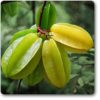
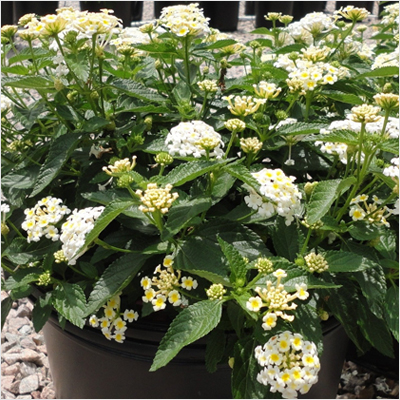
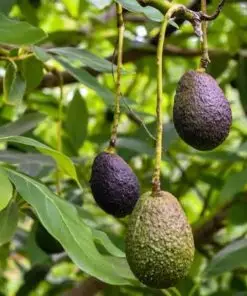
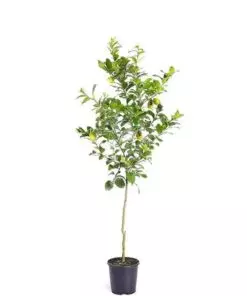
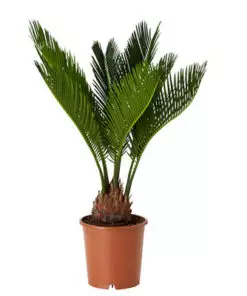
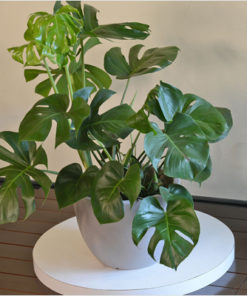
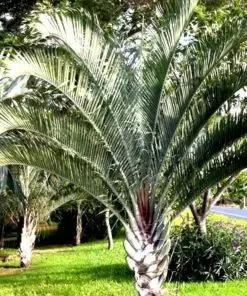
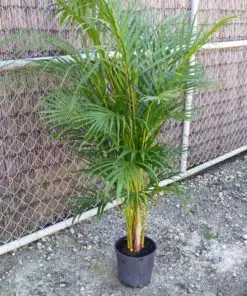
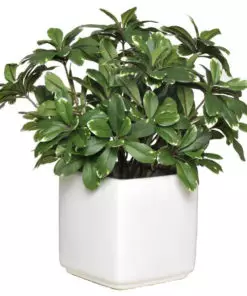
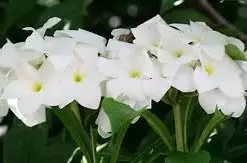
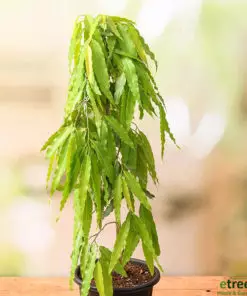
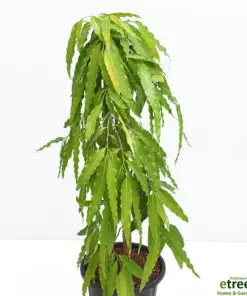
Reviews
There are no reviews yet.